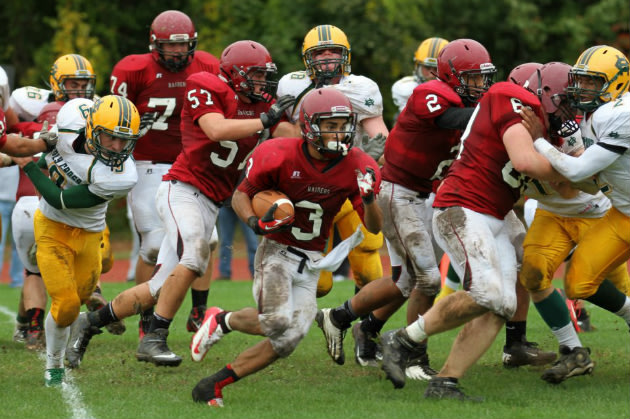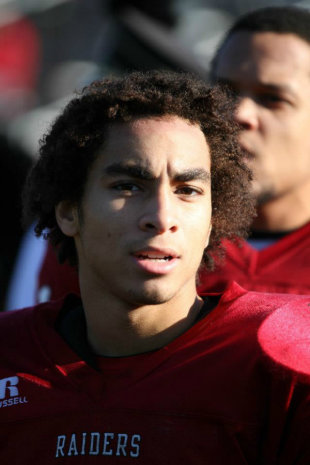Gonzaga's Kelly Olynyk shoots during practice for a second-round game of the NCAA men's college basketball tournament, Wednesday, March 20, 2013, in Salt Lake City. Gonzaga is scheduled to play Southern University on Thursday. (AP Photo/Rick Bowmer)
Gonzaga's Kelly Olynyk shoots during practice for a second-round game of the NCAA men's college basketball tournament, Wednesday, March 20, 2013, in Salt Lake City. Gonzaga is scheduled to play Southern University on Thursday. (AP Photo/Rick Bowmer)
Southern University head coach Roman Banks walks across the court during practice for a second-round game of the NCAA college basketball tournament, Wednesday, March 20, 2013, in Salt Lake City. Southern University plays Gonzaga on Thursday. (AP Photo/Rick Bowmer)
Southern University Derick Beltran goes to the basket during practice for a second-round game of the NCAA college basketball tournament, Wednesday, March 20, 2013, in Salt Lake City. Southern University plays Gonzaga on Thursday. (AP Photo/Rick Bowmer)
Gonzaga players including Kelly Olynyk huddle following practice for a second-round game of the NCAA college basketball tournament, Wednesday, March 20, 2013, in Salt Lake City. Gonzaga is scheduled to play Southern University Thursday. (AP Photo/Rick Bowmer)
SALT LAKE CITY (AP) ? Maybe it's the quirky name of the school, "Gonzaga." Or its pint-sized enrollment of 4,900. Or the fact that employees at one office in its hometown are so gaga over the 'Zags, they wore their hair long at work this week as a shout-out to the team's best player, flowing-tressed 7-footer Kelly Olynyk.
Whatever the reason for all the fun-spirited underdog love Gonzaga typically engenders this time of year, it's time to get over it.
Coach Mark Few's team left behind its little-team-that-could credentials long ago. As if to accentuate that point, this year, the 'Zags (31-2) come into the NCAA tournament with a big, fat '1' by their name ? top-seeded in the West, top-ranked in The Associated Press poll and top-heavy with expectations.
They open the tournament Thursday against 16th-seeded Southern (23-9), champions of the Southwestern Athletic Conference.
"We're just going to approach it like we did all those other games," Few said. "This entire year, we're 33 games in, and every game we've been the highest-rated team. If it ain't broke, don't fix it, is my motto."
Of course, it's accurate to say the success story produced by a school like Gonzaga ? a private, liberal arts, Jesuit institution in Spokane, Wash. ? is still something of an anomaly in a college landscape filled with behemoth universities, their multimillion-dollar budgets and the mega-conferences they play in.
But the Bulldogs, champions of the West Coast Conference, stack up against the best and have now for more than a decade.
Their 15-year string of trips to the NCAA tournament is surpassed only at Duke, Kansas and Michigan State ? a stretch so long that hardly anyone close to the program remembers anything else.
"I have a 13-year-old son whose favorite day in the whole world is Selection Sunday," Few said. "He likes it better than he does his own birthday."
So numbingly successful have the Zags been over the years that a different line of thinking has evolved ? a theory that resonates louder the closer you get to their home campus.
Maybe Gonzaga hasn't accomplished enough.
Since putting itself on the map in earnest with three straight Sweet 16 appearances from 1999-2001, Gonzaga has made it to the second weekend only twice. Four times since 2002, the Bulldogs have lost to a worse-seeded team.
In other words, the same unpredictability that helped make the tournament ? and Gonzaga ? what they are has also undercut this school on a handful of occasions. This year's group ? Olynyk, Kevin Pangos, Elias Harris, David Stockton and the rest ? has a chance to do what Bulldog greats Adam Morrison, Casey Calvary, Ronny Turiaf and Stockton's father, Hall of Famer John Stockton, could not: Take little Gonzaga to the Final Four.
Earlier this week, Few said he'd sleep great if all these matchups were best-of-5 affairs. But they're not. And so, it's tiny Southern ? enrollment 6,900 out of Baton Rouge, La. ? trying to become the first No. 16 to upset a No. 1, while Gonzaga tries to remember what it felt like to be that sort of underdog.
"We've had some difficult matchups in the first round when we've been a 7 to a 10, they've sent us across the country in someone's back yard," Few said. "I think we approached it with a chip on our shoulder and went out there and were the aggressive team. We've been talking a lot about doing the same thing with this group."
Led in scoring by senior Derick Beltran (15.9 points a game), the Jaguars saw the symmetry in it all when their name came up opposite Gonzaga's on Selection Sunday.
"I've been using these guys all year long as an example to building a program," coach Roman Banks said about Gonzaga. "I think they're a true example of what we're trying to do at Southern University."
Beltran said Banks reminds his players of a time, 20-30 years ago, when coach Ben Jobe had Southern etched as a perennial fixture in the March Madness bracket and nobody had ever heard of Gonzaga.
"Tables are turned now," Beltran said.
Still, this has already been a heck of a comeback story for Southern.
Four years ago, its program nearly got wiped out after an academic scandal brought the NCAA to campus and the program was hit with scholarship reductions and a postseason ban.
On opening night in 2010, the Jaguars fell 117-72 to Gonzaga, the first of 24 losses that season.
"It got ugly fast," said senior Madut Bol ? yes, the son of the late 7-foot-7 center, Manute.
It was 2? years ago, but that now seems like much longer.
"I did want to leave here, but something in me just said, 'Stick it out,'" Bol said. "A new coach came in. We saw how hard he worked us. I thought something good could happen."
Southern's ability to make history, however, will depend on its ability to contain Olynyk, the junior from British Columbia, who averages 17.5 points and 7.2 rebounds and is widely regarded as one of the top five players in the country.
He has never considered himself a basketball historian ? and doesn't remember a time when Gonzaga was anything other than what it is today: A top-notch program with a virtually locked-in date in the tournament.
"I didn't know Gonzaga from Duke, really, when I was growing up," Olynyk said. "But they had a decade of excellence and when they were recruiting us, we all became versed in it."
Now, they've been given a chance to add to it in a very significant way.
"We believe in ourselves and it feels great to be the No. 1 seed," Pagnos said. "But we believe we belong and there is no pressure. We're just going to go play."
Associated PressSource: http://hosted2.ap.org/APDEFAULT/347875155d53465d95cec892aeb06419/Article_2013-03-20-BKC-NCAA-Southern-Gonzaga/id-5b5544d707cc47229e75c7a0f05e893d
conversion disorder the chronicle spinal stenosis the forgotten man mike jones






